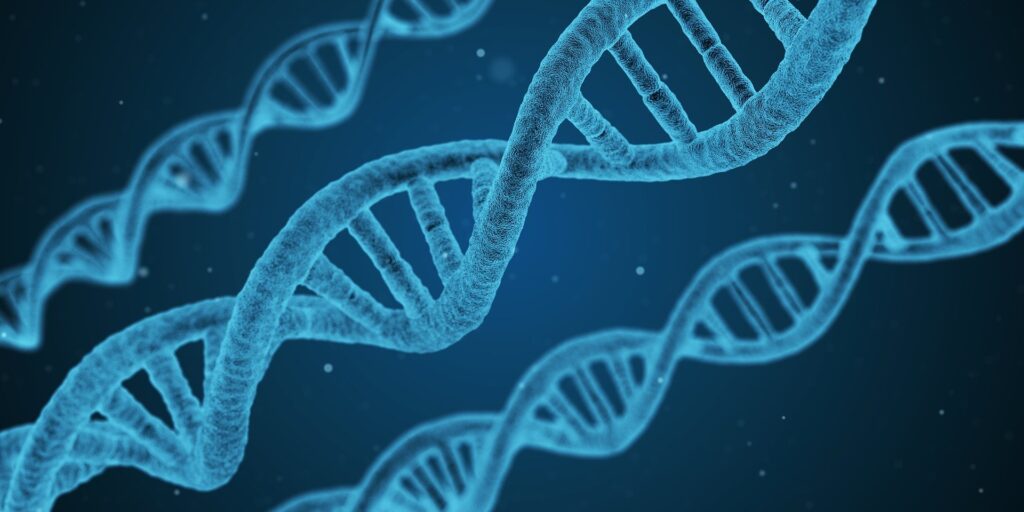
By Kate Still, Ph.D.
The Phelan-McDermid Syndrome Foundation Scientific Advisory Committee just published an important paper revisiting the definition of Phelan-McDermid syndrome (PMS). Lead authors on the paper were Dr. Katy Phelan and Dr. Thomas Bourgeron. This paper was categorized as a “Letter to the Editor,” meaning it was brief and addressed a discussion point rather than presented new experimental data.
The definition of PMS has evolved over decades and has not yet reached full consensus among clinicians and scientists. When PMS was first discovered it was called “22q13 deletion syndrome”—defined as deletions of DNA in the 22q13 location of the genome. These could be caused by deletions at the end of the chromosome (terminal deletion), deletions further up the chromosome caused by breakage in two places (interstitial deletion), translocations, ring configurations, and other rearrangements.
Since then, the SHANK3 gene within the 22q13.3 region has gained much attention as a strong contributing factor to PMS and autism. More and more research demonstrated the important role SHANK3 plays in neuronal communication. And specific alterations (variants, small deletions) to SHANK3 alone were shown to be associated with PMS and autism symptoms.
These advancements have led some experts to define PMS as requiring a loss of function to SHANK3. This definition excludes interstitial deletions (which do not encompass the SHANK3 gene) from being labeled as PMS.
Other experts think there is not enough known about interstitial deletions to exclude these deletions from being categorized as PMS. Disagreement has led to a lack of consistency in defining PMS amongst scientists, clinicians, and pharmaceutical groups, which could lead to inconsistent diagnoses and confusion in research publications and funding applications.
In this publication, the PMSF Scientific Advisory Committee argues for an improved classification system. They suggest having two definitions of PMS: “PMS-SHANK3 related” and “PMS-SHANK3 unrelated.” The team believes these definitions will allow scientists interested only in SHANK3 to continue studying this group, while also facilitating study of interstitial deletions to prevent this group of people from losing their diagnosis, which can relate to services and healthcare coverage.
This article was written as a discussion point and will not necessarily be universally adopted by scientists and medical professionals. However, the publication does represent a unified viewpoint from 14 scientists in the PMS field and may lay the foundation for reaching consensus in this area in the future. These types of discussions can strengthen PMS research by moving closer towards consistency in defining the syndrome.
Link to the scientific article: https://ojrd.biomedcentral.com/articles/10.1186/s13023-022-02180-5
